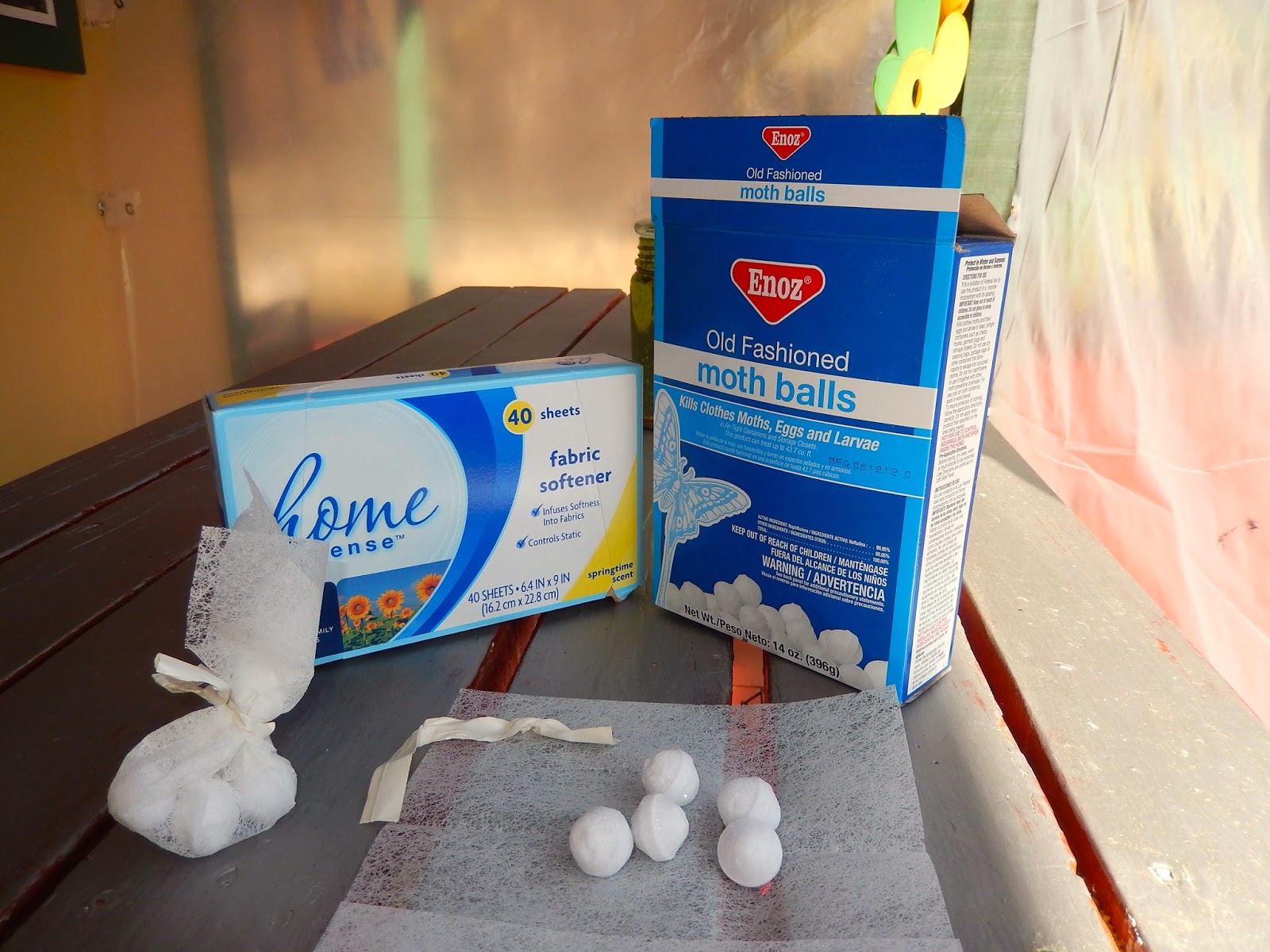 I'm always on the lookout for new recipes. Wayne and I have been eating flax in cereal and muffins. Flax bread sounded like another way to use this nutritious food.
I'm always on the lookout for new recipes. Wayne and I have been eating flax in cereal and muffins. Flax bread sounded like another way to use this nutritious food.
FLAX BREAD
1 1/2 cups whole wheat flour
1 1/2 to 2 cups all purpose flour
1 package (1/4 oz) active dry yeast
1 teaspoon salt
1 1/2 cups milk
1/4 cup packed brown sugar
2 tablespoons honey
2 tablespoons butter or margarine
1/2 cup ground flaxseeds
1/2 cup whole flaxseeds

Combine whole wheat flour, 1 cup of all purpose flour, yeast, and salt in a bowl. Heat milk, brown sugar, honey, and margarine in a pan until blended. Cool slightly.

Mix the dry and wet ingredients together. Stir in ground and whole flaxseeds. Add enough all purpose flour to form a ball.
Turn dough out on a lightly floured surface and knead for 6-8 minutes until elastic. Dust more flour onto the surface as needed to keep the dough from sticking.

Grease a bowl and roll the ball of dough in it to coat all sides. Cover the bowl with a towel and place in a warm place to rise until double, about one hour.
Punch down, then turn out on a lightly floured surface to form into a loaf. Put dough into a 9X5" loaf pan coated with cooking spray.

Cover the pan with a towel and put it in a warm place to rise until double, about 30 minutes.
I like this recipe because it makes one loaf, just enough for the two of us.

Bake at 375 degrees Fahrenheit for 35-40 minutes or until golden brown.
Remove the loaf from the pan to cool, but don't wait. Bread never tastes better than warm from the oven slathered with butter. -- Margy






























































